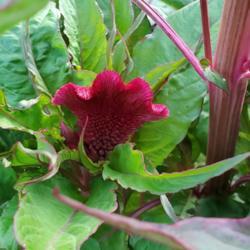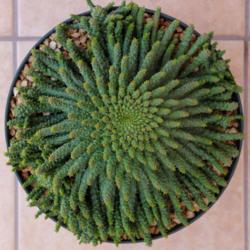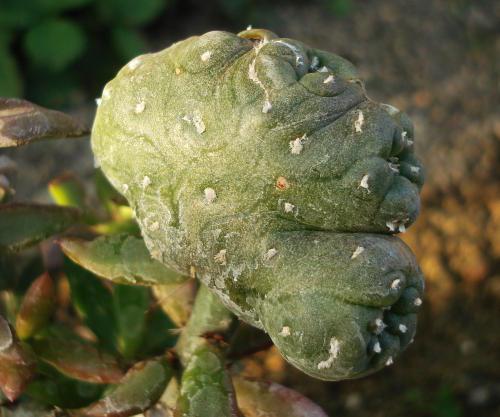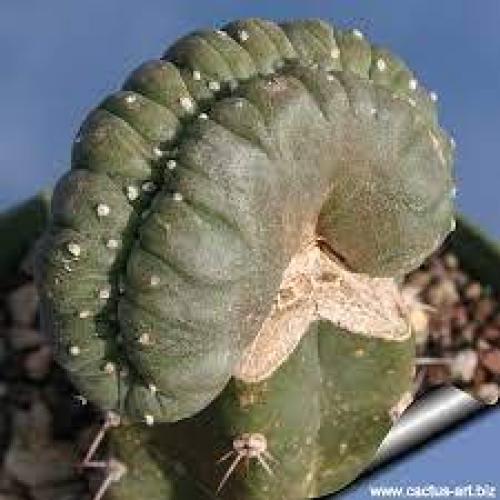These plants are given the common name medusa or medusa head because of the form the plant takes. It's a little like a central head (the main stem) with lots of serpents snaking around it, gorgon-like.
The term "head crest" refers specifically to the central part, the main stem from which the many narrow stems emerge. When the head crests, it causes a different effect (illustrated on that page but missing from the database) than when the snakes (or arms) crest. Those terms are meant to distinguish which part of the plant is crested (monstrose).
Usually when the head crests, only that central part displays abnormal growth (developing 2-fold symmetry around the line that makes up the growth center, like a lot of crested globose cacti) and the skinny branches coming out around it look normal. By contrast, when an arm crests (like in the picture) only that part displays abnormal growth, and it's more like a coral type pattern. People cut these mutant arms (looking more like undulating fans) and root them to have the arm crest on its own, with that fascinating coral pattern. They are quite easy to reproduce this way.
The reason arm crests are much more common than head crests is that they can be propagated easily from cuttings. The other kind has to spontaneously arise (whatever triggers cresting is beyond me), and cannot be propagated easily, to the best of my knowledge. So when people grow a lot of seedlings, they occasionally get lucky and a head crest comes out of it.
I hope that makes sense.




